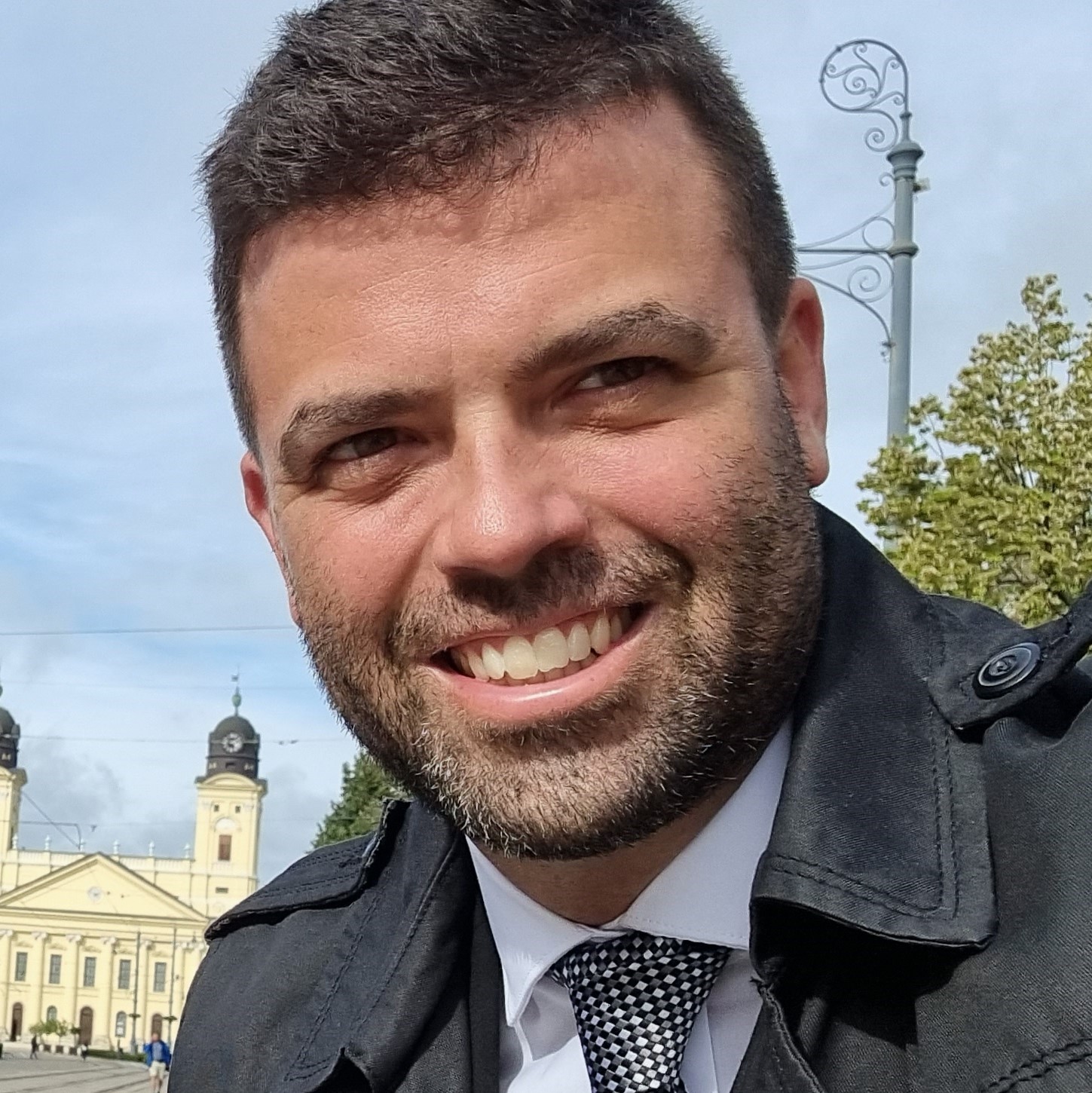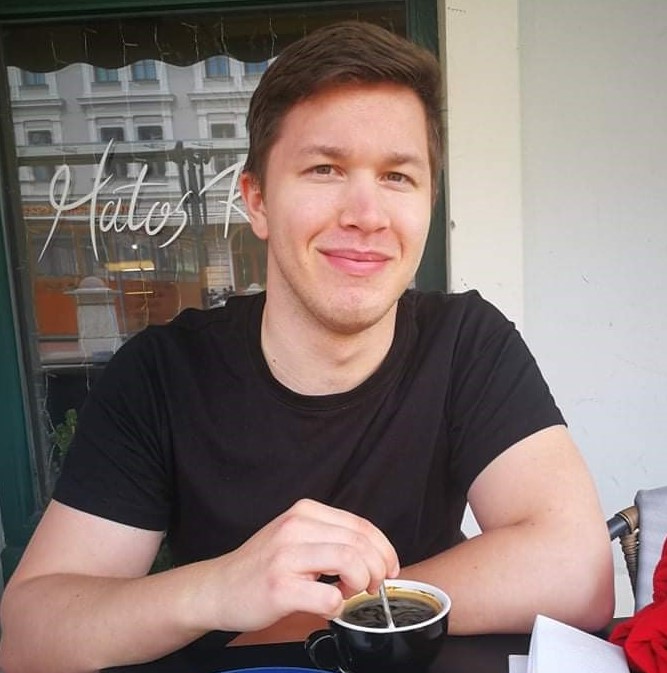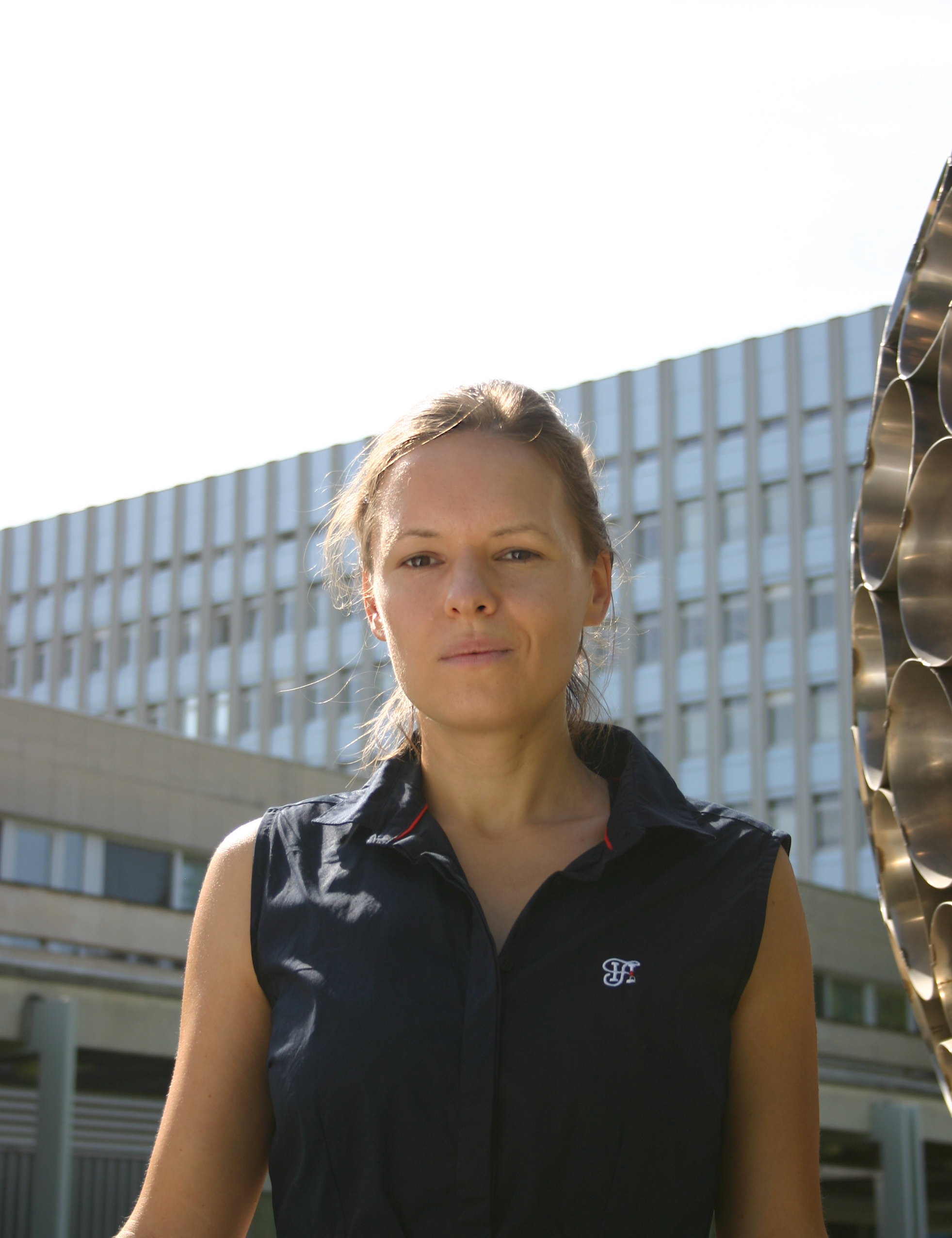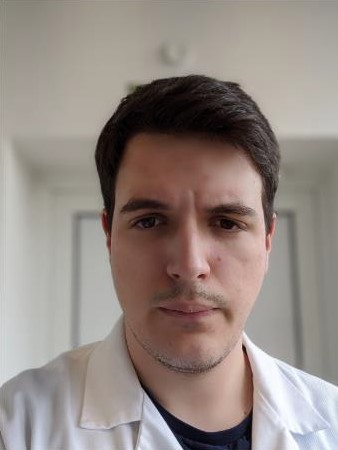
The research group broadly focuses on questions pertaining to the development of gene editing technologies and their various applications. Based on whichever model organisms these questions are applied to, the main research areas can be grouped into bacterial (including bacteriophage biology) and eukaryotic categories.
1. Bacterial and bacteriophage research topics
a.) The development of CRISPR-Cas3 genome editing technology for the study of prophages and predicted genomic immune islands within bacterial pathogens. CRISPR-Cas3 is capable of the efficient targeting and removal of extended, non-essential genomic regions which include integrated prophage elements as well as clustered genes that play a role in bacterial defense. Clinical isolates of Acinetobacter baumanii, Klebsiella pneumoniae, and Pseudomonas aeruginosa are targeted for large genomic deletions in uncharacterized, but bioinformatically predicted prophage and immunity regions. The deletion strains are then phenotypically characterized for their sensitivity against collections of bacteriophages as well as virulence properties in in vitro and in vivo experimental systems. Novel candidate systems can then be identified through whole-genome sequencing and subsequent smaller, more-targeted deletions, as well as genetic complementation experiments. The mode of action of putative novel defense genes can be characterized through the isolation of resistant phage escapers, as well as biochemical methodologies. This work is performed in collaboration with the labs of Bálint Kintses (BRC Szeged) and Joe Bondy-Denomy (UCSF).
b.) The development of various gene-editing technologies (primarily recombineering and CRISPR-Cas-based) in anaerobic strains of Bacteroides sp. commonly found in the microbiome. Identification of recombinase enzymes found in bacteriophages specific to Bacteroides and their adaptation for gene-editing purposes in model strains of this species akin to other, more genetically tractable bacteria. Active recombinases and the editing systems built upon them will also be adapted for editng of CrAss phages, the most common bacteriophage constituents of the human microbiome (mostly specific to Bacteroides sp. bacteria) with enigmatic roles and functions. These techniques will allow for more in-depth study of these bacteria and their phages and may also open a route for their use as therapeutic agents. The potential utilization of bacteriophage as a gene-editing entity itself within human cell lines will also be explored.
c.) Creation of large deletion libraries within genotoxin-producing gut bacteria for the goal of uncovering the genes and pathways resposible for genotoxin production. Specific organisms have been identified in recent literature that are implicated in genotoxin production, such as Morganella morganii, Klebsiella oxytoca, and Clostridium difficile. Gene-editing technologies, including CRISPR-Cas3 will be adapted for use in these species and putative regions identified using bioinformatic methods and subsequently targeted for gene-editing. Genotoxicity if the various strains will be determined using a high-throughput phosphorylated histone H2AX assay. Subsequent use of large chemical compound libararies for the selective targeting of genotoxin-producing strains versus isogenic non-producing deletion mutants. Work to be performed in collaboration with the labs of Viktória Lázár (BRC Szeged) and Csaba Pál (BRC Szeged).
d.) Development of genome-editing technologies in the extremophile bacteria Psychrobacter arcticus and Psychrobacter urativorans. This work is performed in collaboration with the lab of Sergey Melnikov (Newcastle University) with the goal of uncovering novel routes of stress-tolerance in cold-shock conditions.
2. Research topics involving human cell lines
a.) Development of CRISPR-Cas3 gene-editing technology for use in various model human cell lines (HEK293T, HeLa, Caco2, Raji). Direct comparison of various CRISPR-Cas3 systems in a custom-constructed reporter cell line. Fusion of various proteins to the Cascade complex of the CRISPR-Cas3 system for the potential enhancement of homology-directed repair outcomes. Utilization of large deletion-generating systems to target intracellular virus model (Epstein-Barr virus within Raji cell line) for a proof-of-principle indication for the potential of viral targeting and removal using CRISPR-Cas3. This work is performed in collaboration with the lab of Lars Steinmetz (EMBL Heidelberg).
b.) Development of high-throughput bacterial invasion assay of HeLa cell lines. This will be used to study virulent activity of various genotoxin-producing bacteria and their deletion variants described previously in point 1.c. Large chemical compounds will be screened to determine potential influence on invasion characteristics of genotoxin-producing strains. Fluorescently-labeled bacteria will be imaged within human cells using high-content microscopy. The work is being performed in collaboration with the labs of Viktória Lázár (BRC Szeged), Péter Horváth (BRC Szeged) and Nassos Typas (EMBL Heideberg).
c.) Exploration of the effect of genotoxin-producing gut bacteria and more well-characterized bacterial pathogens on variously polarized human macrophages will be explored. Both macrophage response, as well as bacterial responses will be explored using various methodologies including dual RNA-seq. The work will be performed in collaboration with the lab of Zsolt Czimmerer (BRC Szeged). Additionally, CRISPR-Cas9 editing technology will be utilized for the editing of primary T-cells to support the work of the Czimmerer Lab.

Group Leader

PhD student

Technician

MSc Student
 Bálint CSÖRGŐ
Bálint CSÖRGŐ
|
Group Leader | publications | CV |
 Bálint ESZENYI
Bálint ESZENYI
|
PhD student | publications | CV |
 Ágnes SZÁNTAI
Ágnes SZÁNTAI
|
Technician | publications | CV |
 Levente SIPOS
Levente SIPOS
|
MSc Student | publications | CV |